Driven by a machine learning algorithm, the closed-loop biohybrid device maintained a set membrane voltage in human stem cells for 10 hours.
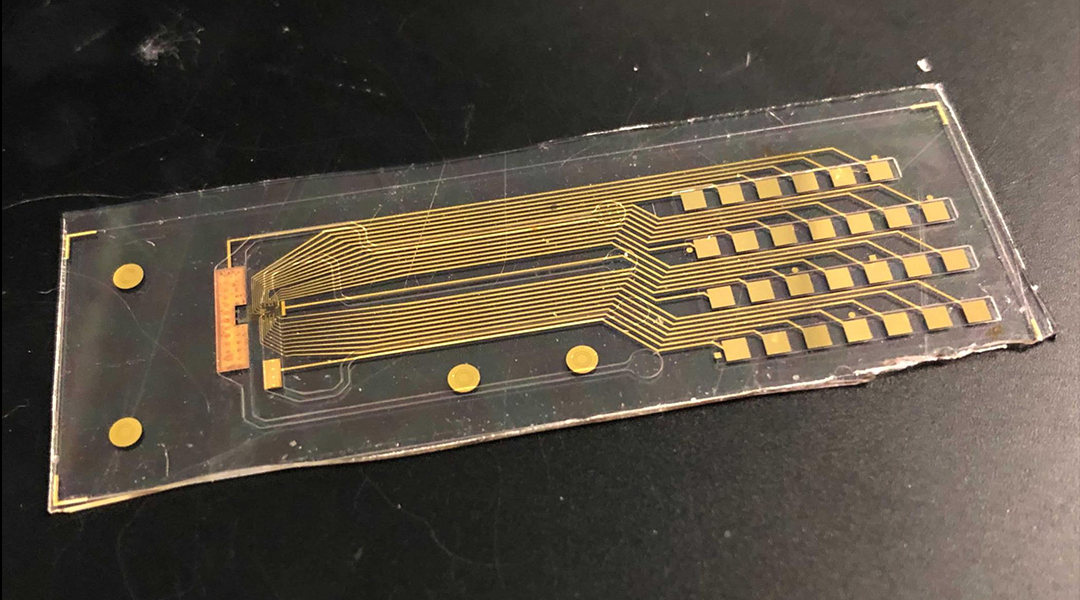

Driven by a machine learning algorithm, the closed-loop biohybrid device maintained a set membrane voltage in human stem cells for 10 hours.
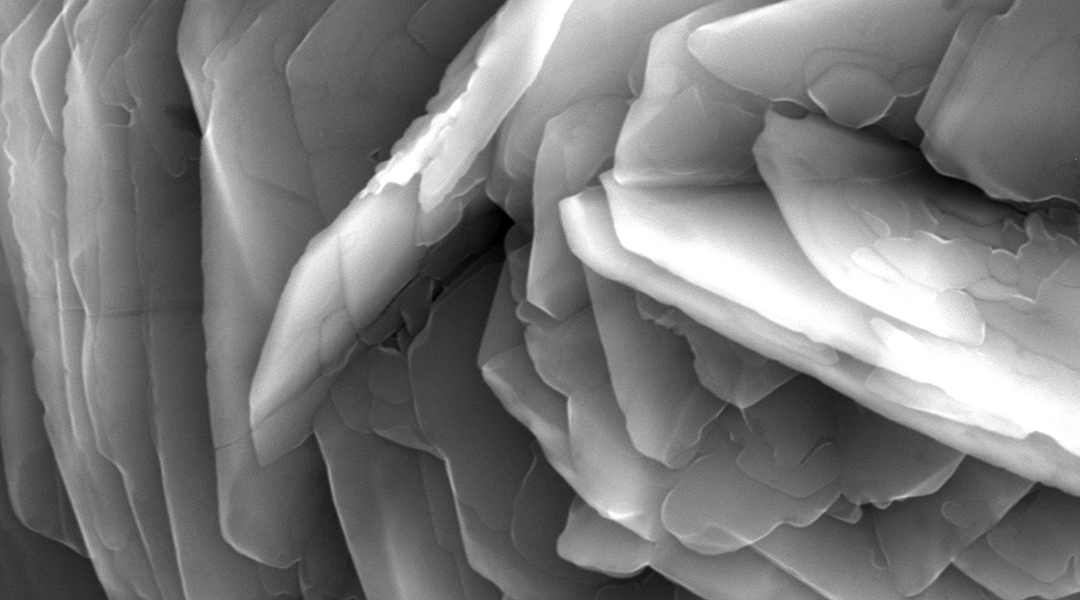
Novel rosette-like formations may open new opportunities in corrosion science, manufacturing of titanium-based implants, and fluid-surface interactions.

Czech researchers developed self-propelled microrobots that decompose complex solid pollutants, such as single use and disposable textile fibers.
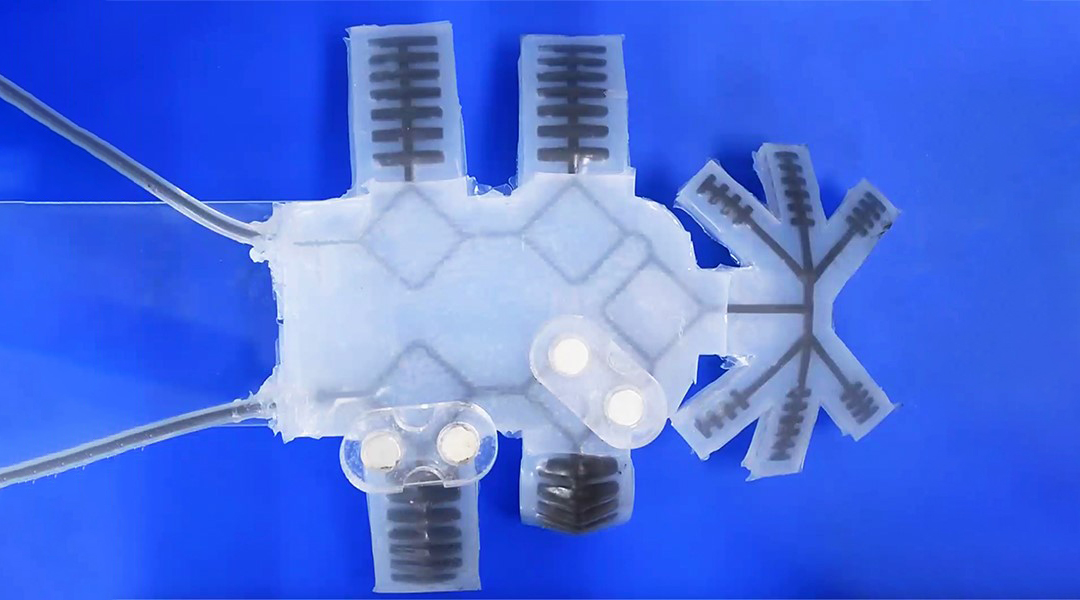
A new strategy allows researchers control robotic movement using fluids, creating flexible, untethered systems with promising applications.

Pressing a layered crystal onto a gold surface is all it takes to pull off a 2D atomic layer, a method that outperforms scotch tape on industrially relevant scales.
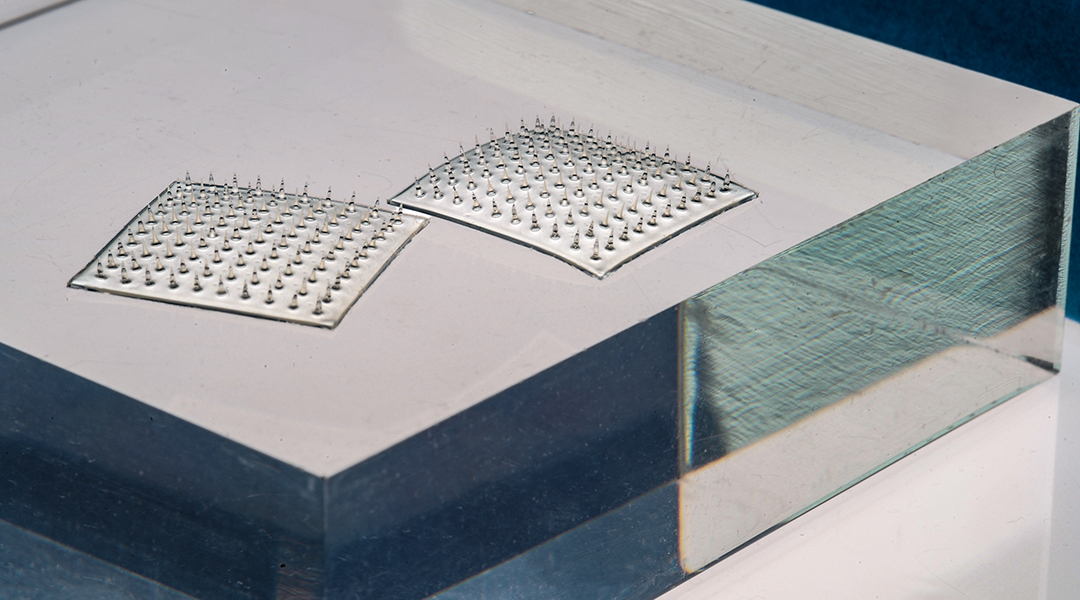
Food-safe microneedles incorporated into a new smart label can effectively collect samples from packaged food and inform consumers about its quality in real time.

Researchers create new soft electrostatic zipping actuators manufactured through an integrated printing process for next generation soft robotics.

With a mastery of material phases, over the years scientists have developed more sustainable and groundbreaking technological advancements.
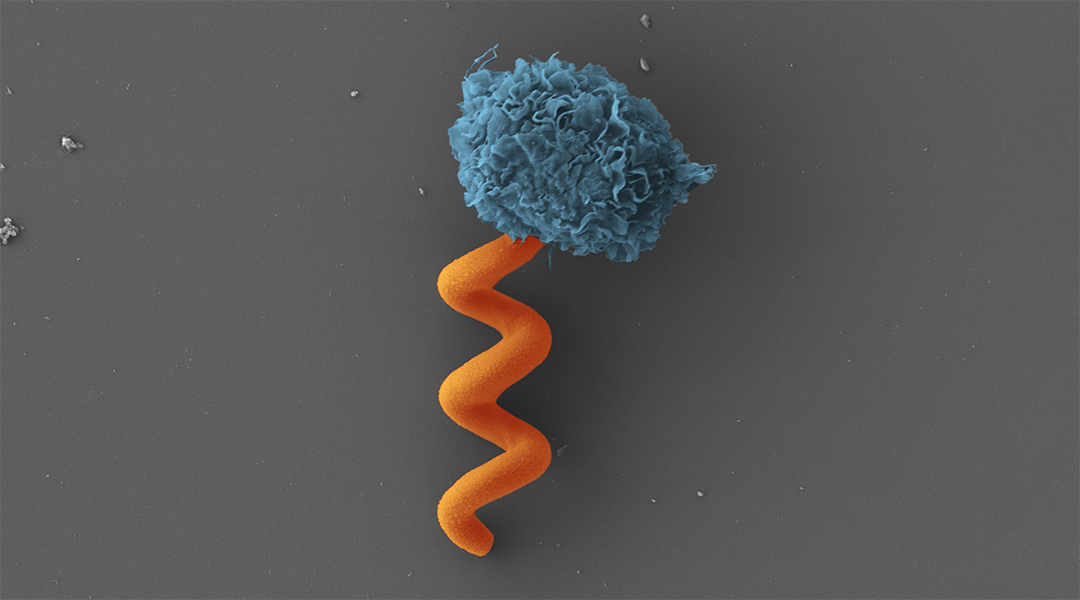
Zwitterionic polymers allow researchers to fabricate drug-carrying microrobots that can operate covertly under the immune system’s radar.
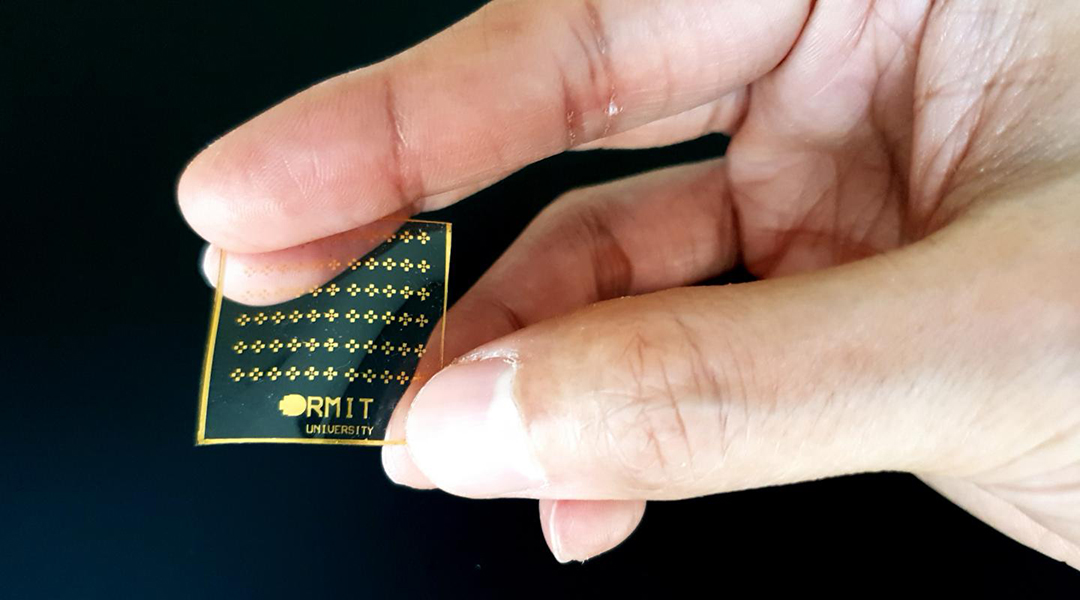
Prototype device electronically replicates the way human skin senses pain.